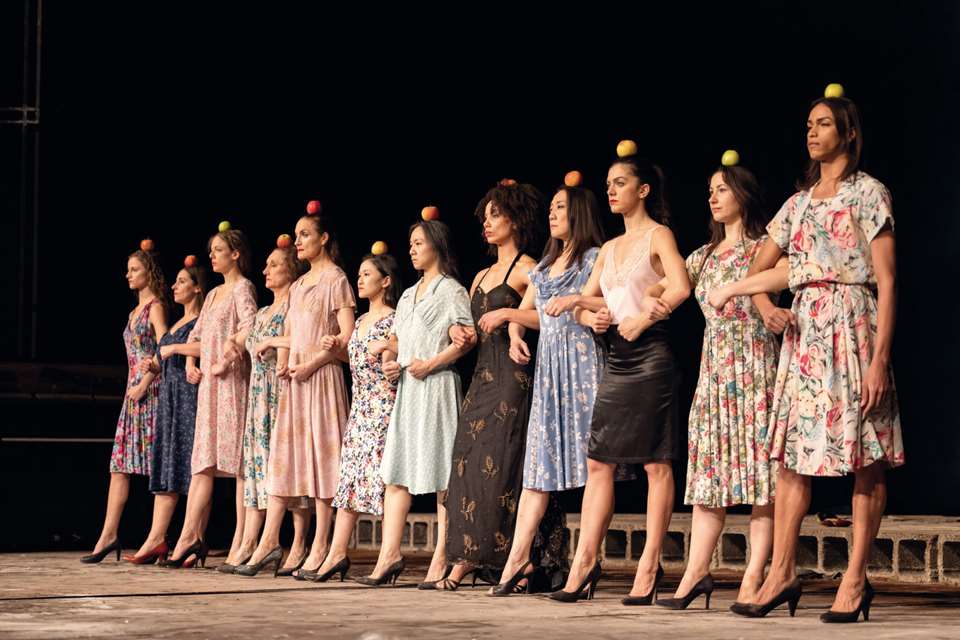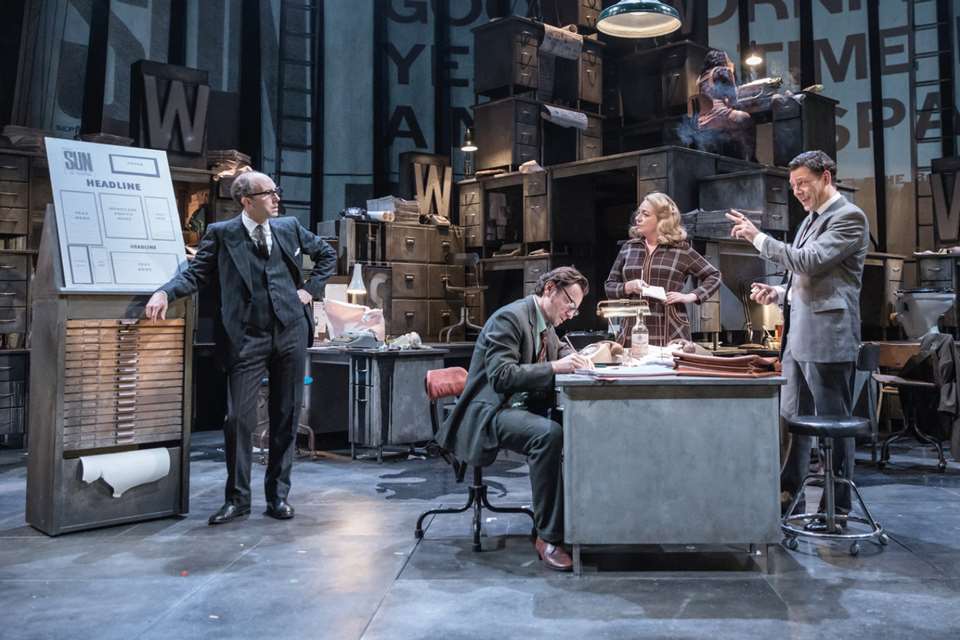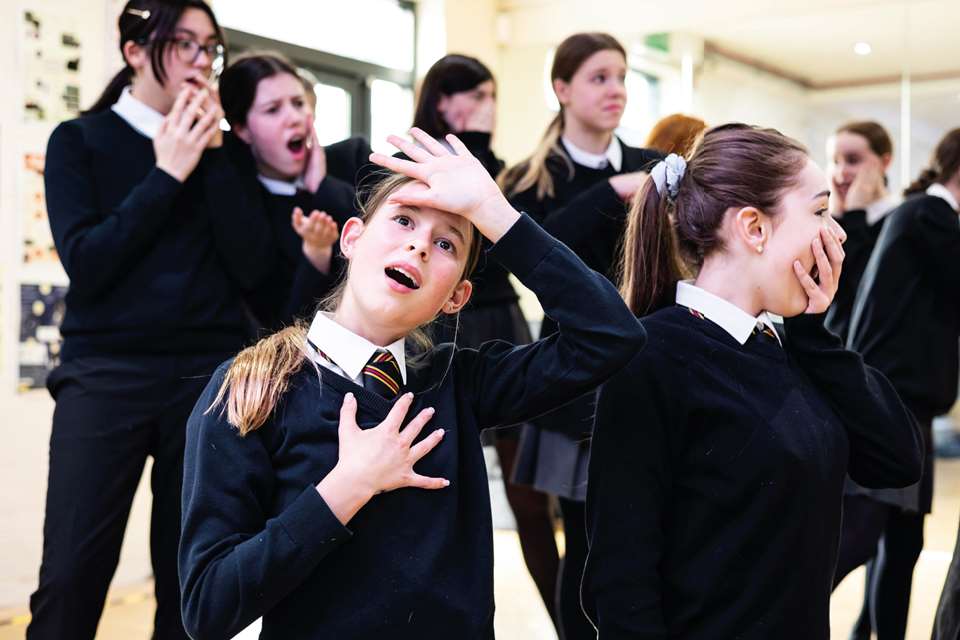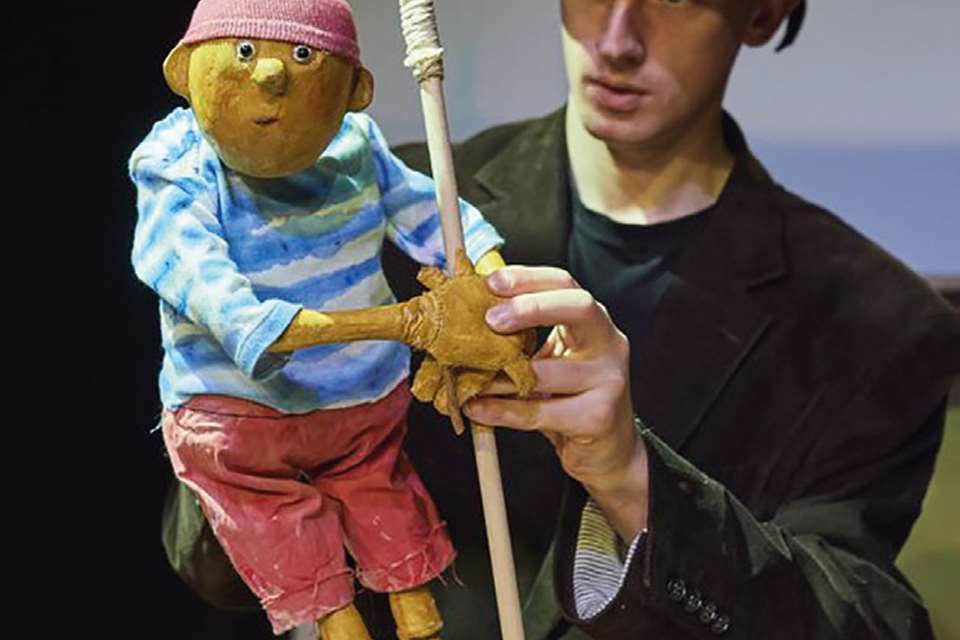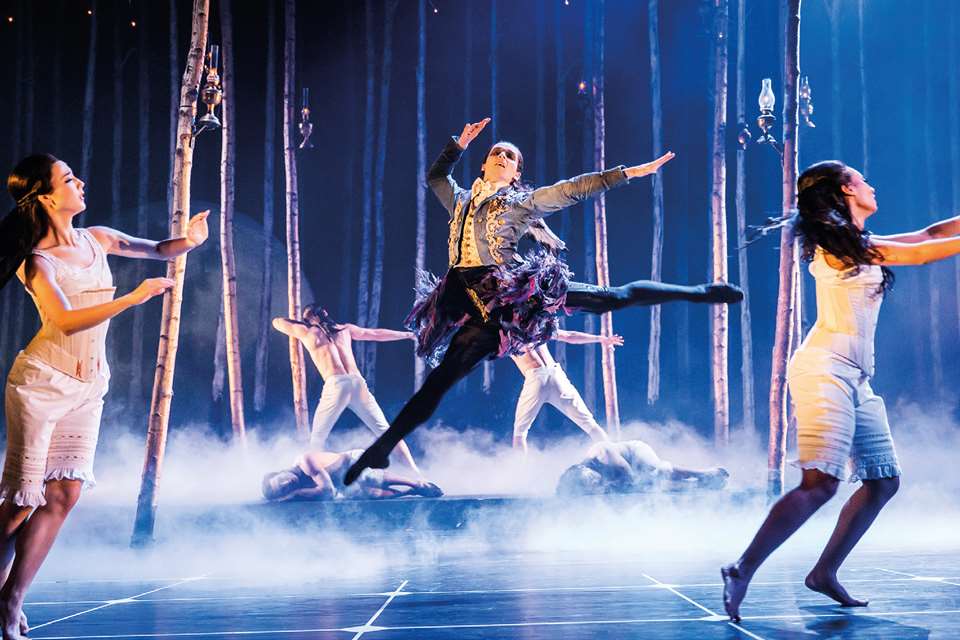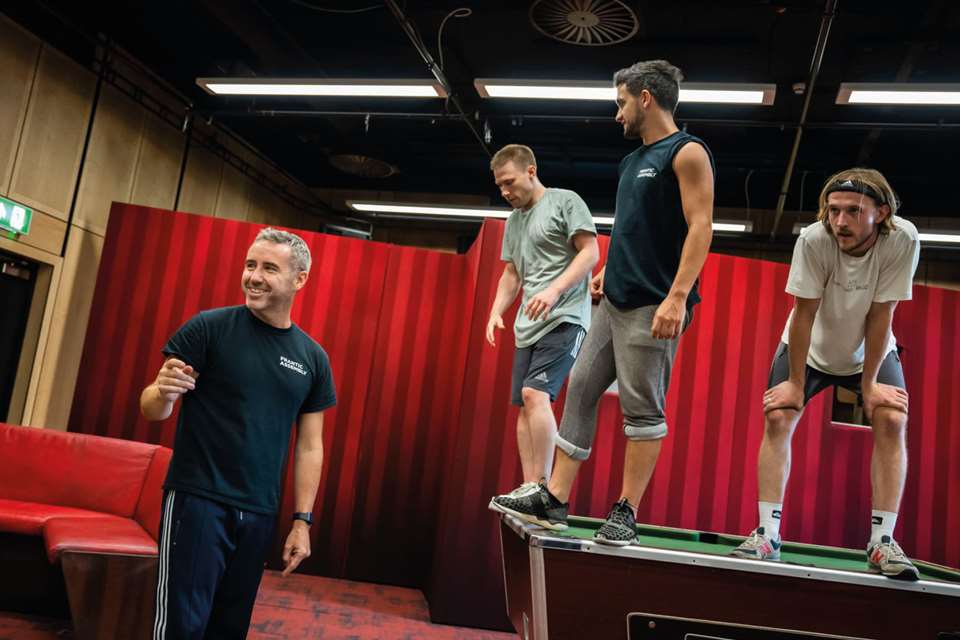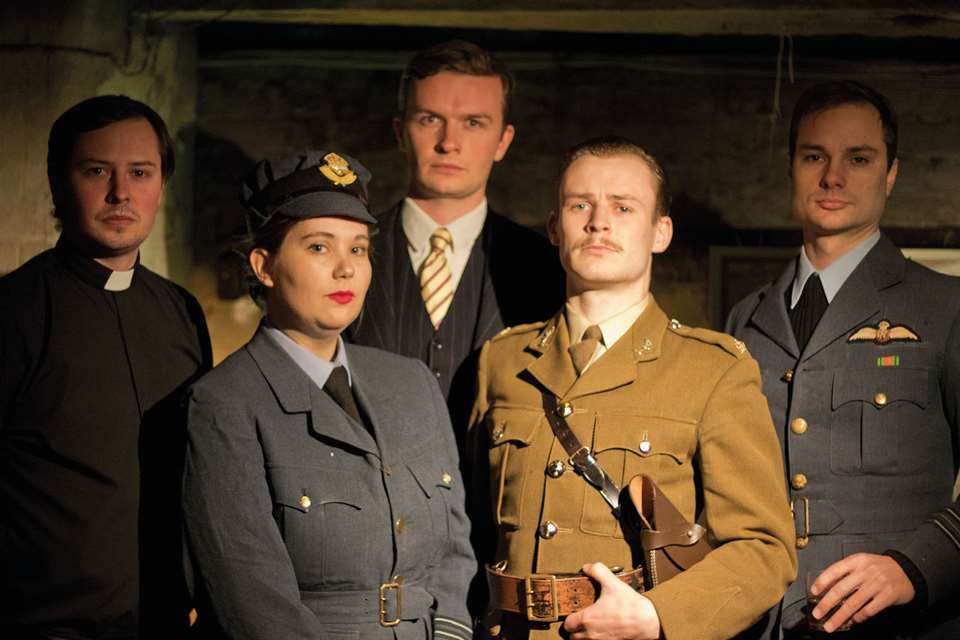Practitioner focus: Complicite
Donna Steele
Friday, December 1, 2023
Delving into the work of one the UK's leading theatre companies, Donna Steele outlines some activities you can use with your students to analyse and unpack Complicite as a theatre practitioner.
![Figures in Extinction [1.0], 2022](/media/246574/dt-2023-111-28_f01.jpg?&width=780&quality=60)
Rahi Rezvani
Influenced by the practices of Jaques Lecoq and combining surrealist imagery with extreme physicality, Complicite remains one of the leading theatre companies in the UK. Staging theatrical classics such as Shakespeare, Brecht and Ionesco, and looking at pieces of writing that other companies may consider ‘unstageable’, Complicite notoriously began as a collective. By its own admission, the company uses the ‘spirit of collective enquiry,’ and collaborative curiosity,’ to drive its work. Artistic director Simon McBurney has remained a constant throughout the company's history. In 2008 the company dropped its accent (having previously been ‘Complicité’) to reflect a greater presence in Britain and North America. As the company approaches its 40th anniversary, we look at how its principles and practices can be used in the classroom.
Key features of Complicite's work
Complicite does not have a ‘method’ for creating its work. Instead, at the start of the devising process the responsibility for creating the work is taken on by the whole company.
Much of the process is dedicated to long periods of research and it has been known to take up to two years to get an idea into the rehearsal room. However, there are key features that make its work recognisable.
- Physical theatre
- Mime
- Storytelling
- Direct address
- Voiceovers
- Use of music and actor-musicians
- Multi-role characterisation
- Gesture and movement motif
- Choral work and ensemble narratives
- Overlapping dialogue
- Manipulation of objects and use of puppetry
Exercises
1. Warm-ups
Games and the playing of games are an important part of the Complicite devising process. It helps prepare actors and pupils for collaborative work. Any warm-up games work, or pupils could make up their own.
1a. Divide pupils into groups and give each group a few objects: a rope, a ball, a couple of chairs, a couple of bins and some pieces of paper. Ask them to invent a game using the objects they have been given and, as they play it, to refine and re-write the rules. Students should then share their games with each other.
2. Exploring space
2a. Give pupils a scenario that requires a small space, for example: being stuck in a lift or prisoners in a small cell. Get pupils to improvise short scenes that explore the impact the small space has on their characters. How do they react being in close proximity to each other?
2b. Mark out a small square area for pupils to work in or create a platform of about four rostra blocks. This time give pupils a scenario that takes place over a vast landscape such as the eruption of Mount Vesuvius or a chase sequence. Again, pupils should stage this in their space with a focus on trying to create a sense of space when they have none.
2c. Give each pupil a bamboo cane. They are to walk about the space (use the whole space this time) keeping their cane about 10cm off the floor. Ask pupils to get into groups of three. They should now move together with their canes upright and the same distance off the floor. With each change of direction they should change the leader. The leader can also change the position of their bamboo and the rest of the group must copy. What different qualities of movement can be created?
2d. Now in pairs, pupils should hold one cane between them with just one finger touching the object each. They should now move around the space making sure the cane does not drop between them. Can they sit down together? Roll? Change speed and direction? As they work introduce words they should respond to such as fear, anger or calm. What happens to the quality of movement when these are used? The class could be split in half so half can observe and reflect in the changing dynamics in the movement.
3. Movement
3a. Look at objects and materials you have around you to move. For example: a ball being bounced, a jumper being dropped, a piece of paper being scrunched or a match being struck. In groups of three or four, pupils should carefully observe and then re-create with their bodies the movement of these objects. Encourage them to be precise and specific.
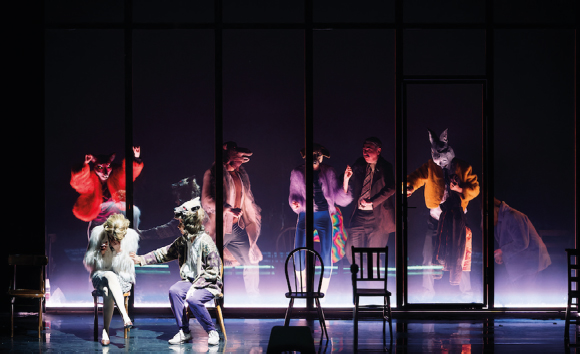
© ALEX BRENNER
Drive Your Plow Over the Bones of the Dead, 2023
3b. With pupils working in groups of five or six choose a painting or photograph and ask them to prepare a series of movements which they think expresses the quality of movement of that image. Pupils are aiming to express elements including the atmosphere, weight, light, shadow, space and colour. Get pupils to present their version of the painting or photograph to the other groups and then reflect on what the audience gained from it. Finally show the audience the original painting or photograph and talk about what was captured in the improvisation and what was lost.
Past projects
- The Street of Crocodiles (1997)
- A Disappearing Number (2007)
- The Master and Margarita (2011/2012)
- The Encounter (2015)
- Drive your Plow Over the Bones of the Dead (2022/3)


